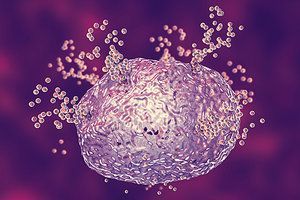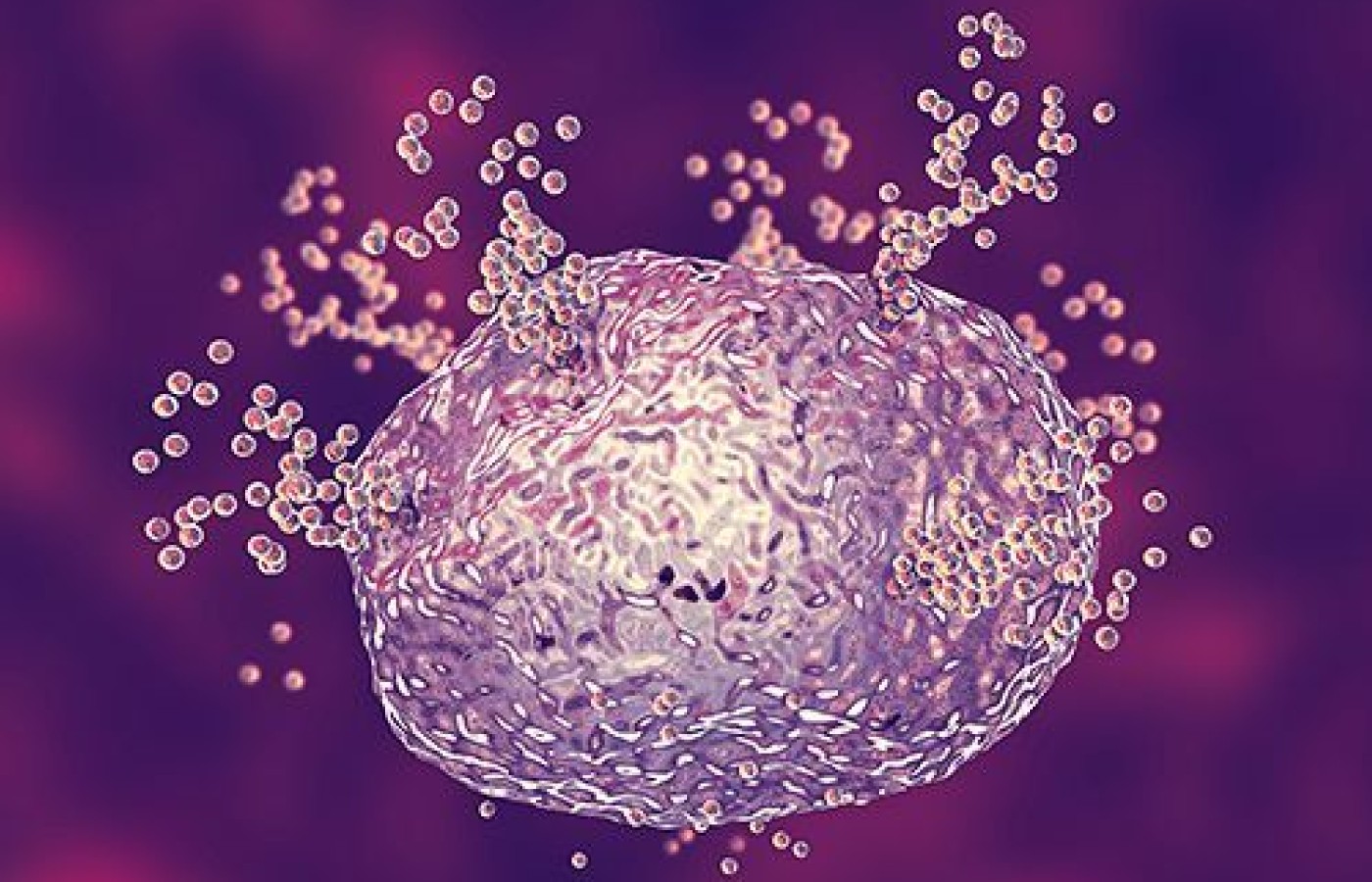Whether you accept it, avoid it or live somewhere in between, insurance coverage has become a defining issue for our profession. Patients increasingly expect to use their benefits, practitioners want to be compensated fairly for their time and expertise, and the system itself remains – at best – fragmented. The encouraging news is that coverage has expanded in meaningful ways. The challenging news is that reimbursement, across the board, remains inadequate.
Acupuncture Points and Mast Cells (Pt. 1)
Uneven distribution of acupuncture points over the skin
In an important study by Y. Li in 2019, the density of acupuncture points was calculated based on 654 classic acupuncture points and the 13 surface areas (number of points/dm2). Dr. Li found that the sites with the highest densities of acupuncture points are the head, feet and hands, followed by the abdomen, lower back, neck, forearms, upper back, chest, lower legs, upper arms, buttocks and thighs. Most microacupuncture systems were focused on high-density classic acupuncture points areas, such as the head, feet, hands, ankles, and wrists.1
How Do Acupuncturists Describe the Differences?
Xue at different locations is differentiated based on their qi, blood components, volumes, and moving directions according to Biao Ben, Gen Jie, Qi Jie, Gen Jie Liu Zhu theories.2 Between truck and extremities: Biao Ben (branch root of meridians), Gen Jie (root knots of meridians) and Qi Jie (qi street) tell the difference between body locations based on the energy flow.

These theories describe the circulation locations of the meridians, and the difference between head, hands, feet, upper arms, lower legs and the trunk (chest, abdomen, back, neck) of the movement of qi and blood.
Biao Ben Theory: This primarily refers to the upper and lower relationships of the distribution of meridians and acupuncture points. The original meaning of "biao (branch)" is the top of the tree, which corresponds to the position of the head, face, chest and back of the human body. The branch of sanyin of the hands and feet is by the acupuncture points of the back, and sanyang of the hands and feet is by the ears, eyes, cheek, and throat. "Ben (root)" is the root of the tree. The Ben of three yin and three yang of the hands and feet are the hands, feet, wrists, and ankles.3
Gen Jie Theory: The gen (root) is the source of meridian qi, the tips of the extremities, hands and feet, which are combined into four gen. Jie (knot) is the place where the meridian qi comes together. The head, chest and abdomen are the jie, and they are combined into three jie. The eyes, ears, face and head/scalp are emphasized as the jie of sanyang meridians.3-4
Qi Jie Theory: Qi jie refers to the common channel through which the qi of the meridians converge and circulate, and its scope extends beyond the main meridian. The qi of the chest, abdomen, head, and shins (lower legs) has its own path of gathering. This explains the segmental connection of the meridians on the head, face, chest, abdomen, and lower legs: head-brain, chest-back, abdomen-back, and lower legs-thighs.3
Within extremities: Gen Liu Zhu Ru theory explains the different distribution of qi and blood in the acupuncture points of the extremities, especially the hands, feet, upper arms, and lower legs. Gen (jing points) are the sources of meridian qi. Liu (yuan or jing points) are the places where the qi passes through. Zhu (jing or he points) are the points of meridian perfusion. Ru are the entryways of qi to the body, which are the acupuncture points of yang meridians in the neck for upper-body qi and the luo points for lower-body qi.4
Correlation of Mast Cell Distribution & Acupuncture Point Distribution
After examining 285 skin biopsies, for each body site, the average MC density per site was calculated from at least 10 biopsies from different individuals. Dr. Li found that "patterns of MC distribution are highly correlated with the distributions of classic acupuncture points in 14 classic acupuncture meridians, with the exception of the trunk areas."
Additionally, the study revealed that MC-enriched special sites (MESS) were around orifices, such as the ears, eyes, nose, mouth, nipples, umbilicus, vulva, anus, and hair follicles.1 Dr. Li "also revealed that all microacupuncture systems were established at MC enriched special sites (MESS), including the ear, scalp, hand, foot, eye, face, and umbilicus. The conclusion is that the densities of cutaneous MCs are highly correlated with classical acupuncture points and micro-acupuncture systems." This finding may suggest that MC is a tissue marker for acupuncture points.1
Do Mast Cells Provide the Evidence for Acupuncture Points?
Our acupuncturist ancestors most likely would have said we cannot see it, but we know there are many activities happening around acupuncture points. Our acupuncture ancestors and pioneers did not reference mast cells as being the potential targets or markers when the acupuncture points and micro-acupuncture systems were established. They have observed, recorded and utilized the differences of xue.
Generation after generation, acupuncturists have developed their acupuncture theories, techniques and microacupuncture systems based on these solid, wisdom-based observations, which often are deemed as non-evidence-based practice. Instead of knowing that the characteristics of mature mast cells differ depending on their location, and that mast cells with different tissue origins vary in the type or amount of stored mediators,5 acupuncturists discovered and established the Yi Tong Wei Shu, Biao Ben, Gen Jie, Qi Jie, and Gen Liu Zhu Ru theories.
Dr. Li's findings provide additional cellular-level basis for the selectivity and specificity of acupuncture points in driving specific pathways and functions. Differences between points from different locations most likely relate to more than MC. Studies suggest that physical stimulation by an acupuncture needle to acupuncture points may have more than one tissue target, and initiate molecular changes at the cellular level, affecting the nerve-immune systems and the tissue fluid and blood circulatory systems.1,6
Acupuncturists will continue to follow qi and deqi to explore acupuncture points and the human body, while providing the best acupuncture clinical care using both Eastern and Western eyes and minds.
References
- Li YM. The neuroimmune basis of acupuncture: correlation of cutaneous mast cell distribution with acupuncture systems in human. Am J Chin Med, 2019;47(8):1781-1793.
- Xue Wei. Posted on A-hospital.com (medical information site in Chinese; similar to Wikipedia).
- Jing-Nuan W. Ling Shu / The Spiritual Pivot (Chapter 52: Protected Qi). Translation from original, 1993.
- Jing-Nuan W. Ling Shu / The Spiritual Pivot (Chapter 5: Roots and Ends). Translation from original, 1993.
- Wilgus TA, Wulff BC. The importance of mast cells in dermal scarring. Adv Wound Care, 2014 Apr 1;3(4):356-365.
- Ding G, Wu Z, Zhang D, et al. Biophysical bases of acupuncture. Comprehensive Biomedical Physics, 2014;10:299-316.



